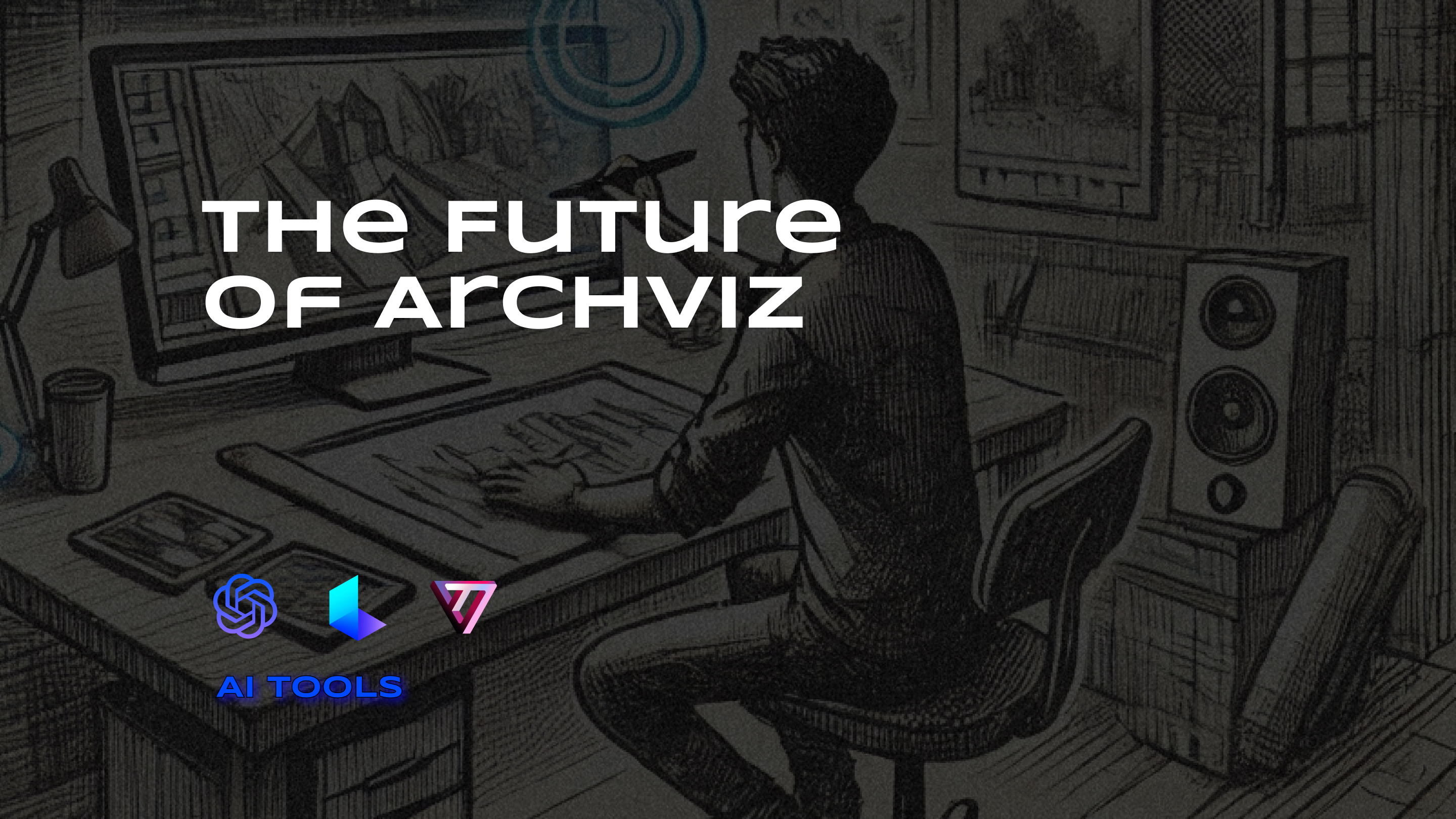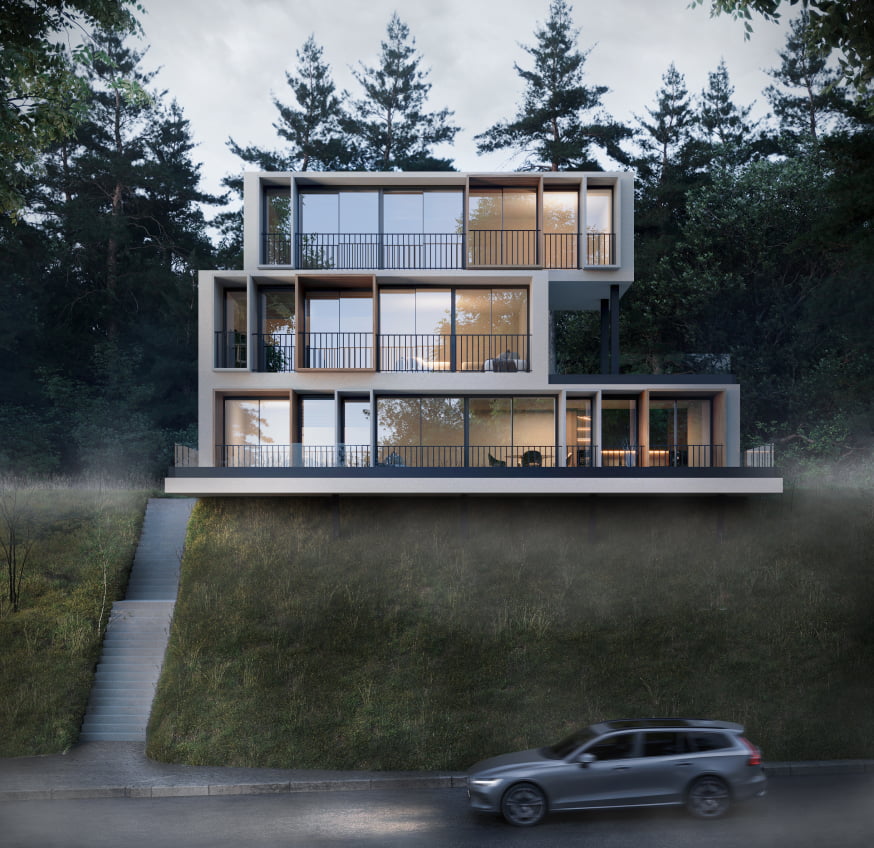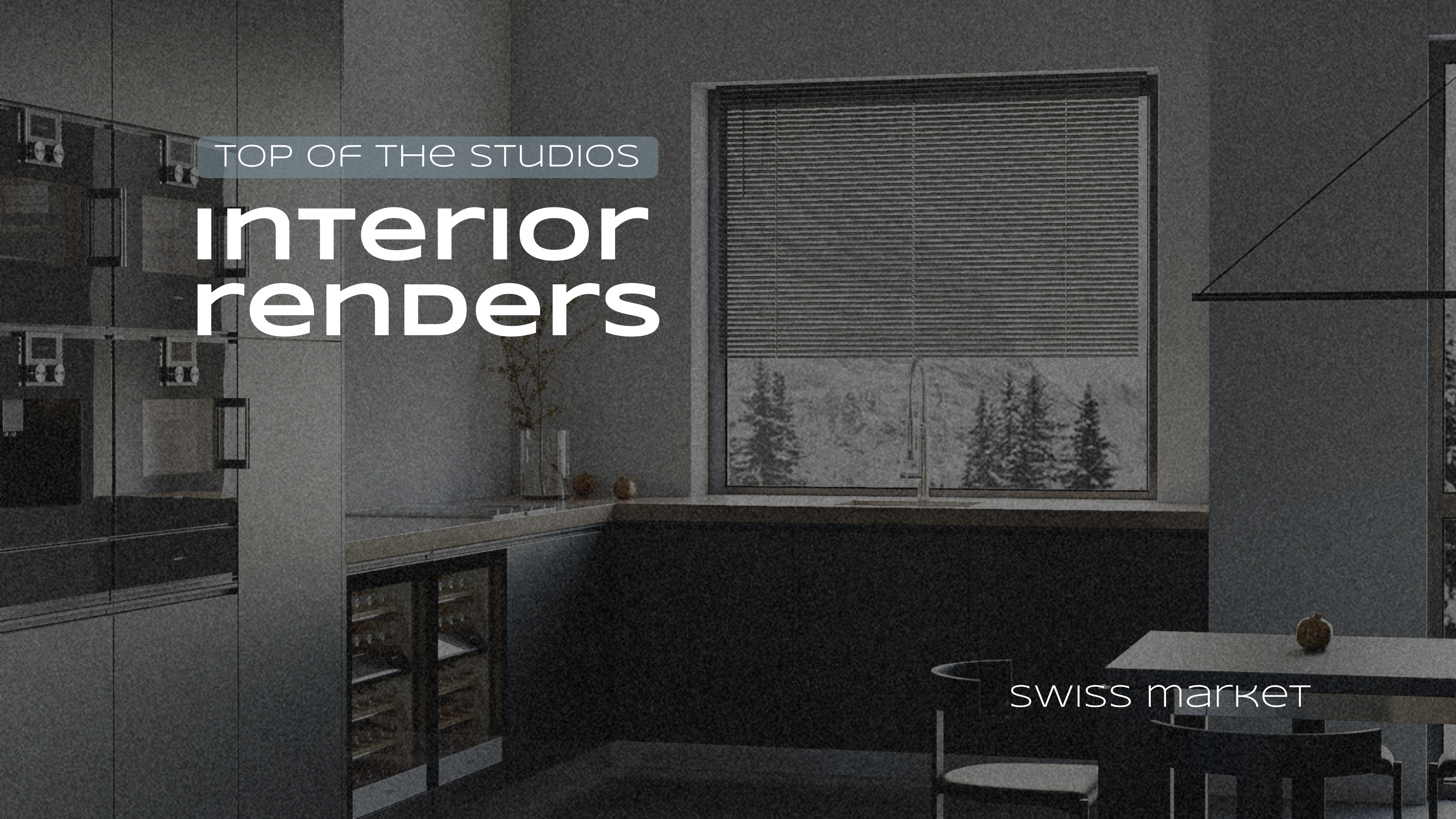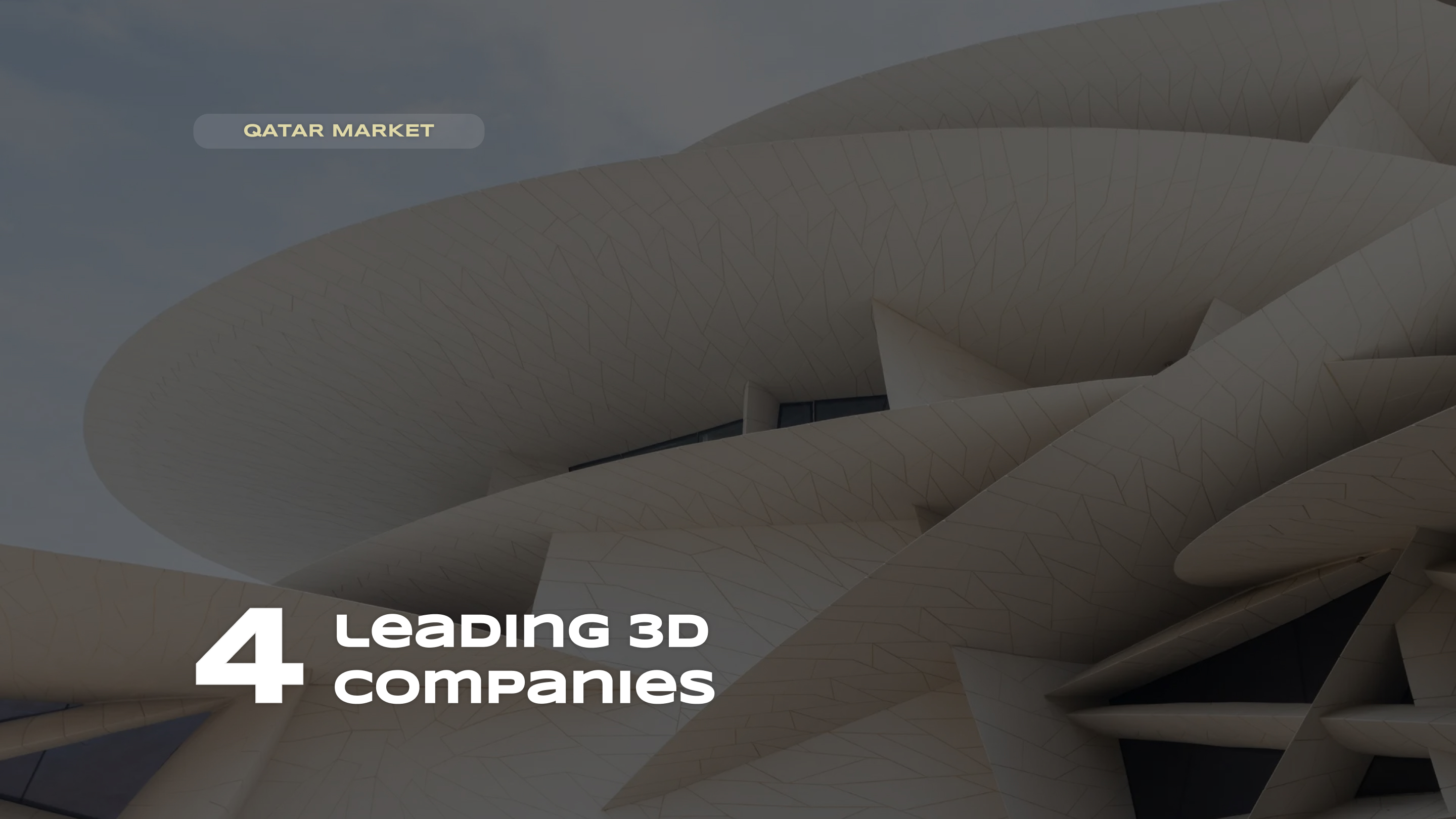“Zoomers” in archviz: AI tools used by modern 3D artists


Explore Our 3D Visualization Services
Just “yesterday” the integration of artificial intelligence tools into workflows seemed like something shameful, often provoking negative reactions. The use of ChatGPT even “ruined” the futures of students submitting their final theses, while some individuals were clearly making a good living posing as designers, churning out “original” business cards in DALL·E. But now…
Now, it’s a given in which we live, evolving alongside technology, or rather, just barely keeping up with its rapid growth. The divide has formed (besides the obvious generational gap, based on the numbers in your passport). On one side are the conservatives, still muttering under their breath about the harmful impact of this “optimized” wonder – they believe in handmade, and thus continue to create manually what, with just a click of a mouse, could be produced to an excellent standard. On the other side are the advocates of innovation. They actively explore the “new”, offering a taste of all kinds of “AI weapons” to those still unsure about the effectiveness of machine learning products.
Setting aside any reflection or philosophical debates on the “need” for human skills in such a fast-paced technological world, we state: with the NVIDIA OptiX AI Denoiser integrated into any rendering engine (for connection with 3Ds Max), eliminating artifacts in a 3D scene is much faster and easier… In general, when necessary, the 3D artists in our studio 3D visualization and rendering also indulge in the features of some programs: sometimes for testing, sometimes for post-processing architectural renders, other times to ease the burden of tight schedules filled with urgent deadlines, and occasionally for inspiration that leads to conceptual work… In short, we “sin” – and we’re not ashamed of it. In fact, we even recommend some solutions that will open up creative horizons for you. Be warned! A tidal wave of new information may overwhelm you…
Luma Dream MachineLuma Dream Machine
A product developed by Luma Labs, which is sure to please those who care about the “naturalness” of camera movement in animation, as well as those impressed by the realism of 3D visualizations generated by the AI. The tool is suitable for both designers and architects, with the “buffer character” (so to speak) being, of course, the 3D artist!
Primarily, this is an excellent tool for creating conceptual “content”, which at the start of a project can serve as a template for making quick adjustments. The idea takes on a real form (as much as possible in the context of AI) through a text prompt, which directly influences the level of detail in the generated image. We are certain that this is a fantastic way to respond swiftly to client requests, creating multiple concepts while demonstrating your thorough consideration of their needs! Moreover, the program offers stylistic flexibility, allowing you to design photorealistic sketches – so interior renderings can be created in both clean and (just for fun) “grungy” minimalism!
There’s probably no need to mention the “primitive” options for texture generation and surface optimization, right? All of that is also covered by Luma Dream Machine. As is real-time rendering…
However, there is one downside that might be disappointing for some. It directly affects visualizers working with 3Ds Max. Unfortunately, Luma Dream Machine currently does not offer integration with the “dinosaur” of software. On the bright side, it does work with popular applications like Blender, Maya and Cinema 4D!
Tripo3DTripo3D
However, don’t be surprised if the list of features for each of these AI tools closely resembles that of the previous one – this is a natural occurrence in a competitive market. Like others, Tripo3D is equipped with the ability to transform a text description, sketch, or illustration into fairly realistic 3D models, renders, and concepts. And it does all of this in mere seconds without relying on GPU processing. This means the product is not restricted to just the “professionals” or “hobbyists” but is accessible to anyone who completes the registration process.
One could say this is the standout feature of the tool. However, it’s not without the help of Stability AI, whose well-known and significant product is yet another “converter” turning text into a visual language – Stable Diffusion.
Stable DiffusionStable Diffusion
Stable Diffusion, a tool born within the walls of Stability AI, seems to be generating more buzz these days than the industry pioneers like DALL·E, VQ-VAE-2 and others. The credit for this phenomenon lies in the unique nature of the AI itself, specifically its “openness”. The source code, available to any developer or design enthusiast, serves as a blueprint that can be experimented with and adapted to fit personal needs.
In addition to its accessibility, the distinguishing feature of the software is its diffusion-based image generation approach, setting it apart from models based on Generative Adversarial Networks (GANs). This alone hints at a technological revolution…
AvaturnAvaturn
Avaturn is a tool that can bring true realism to exterior visualizations, especially since it is designed for customizing “live” human models. The level of detail and “recognizability” of your neighbor or coworker is something to envy, as it transforms a selfie photo into a 3D model. Although the wide range of options (including the choice of accessories, clothing, and even body shape adjustments) was initially intended for game character development, there is nothing stopping 3D artists from using the program’s features.
Moreover, for architectural visualization, Avaturn integrates with Unreal Engine (which, though originally developed as a game engine, now closely intersects with archviz), increasing the chances of success. It also supports platforms like Blender, SketchUp and V-Ray!
Meshy.aiMeshy.ai
Meshy.ai is an AI tool that is perfect for prototyping, creating game assets, architectural visualizations, and product design! Each of these areas is represented by its own “styling” options within the program, ranging from cartoonish to ultra-realistic 3D models.
The Meshy.ai website hosts a wealth of tutorials, organized into thematic categories. This means that, in addition to the software’s inherently “user-friendly” interface, those who love to create beautiful things can rely on support through specially recorded videos and written articles on modeling.
Overall, the AI automates such a significant portion of the modeling process that it saves a tremendous amount of time, allowing 3D visualizers to focus on other projects. And all of this is done with high quality!
SHARE THIS...

Discover Tailored 3D Visualization Solutions
Our other articles
Get in touch
The art of 3D visualization is our passion. We specialize in a wide range of services to bring
your ideas to life. In our arsenal, we have architectural rendering, interior visualization, 3D product visualization, 360-degree panoramas, virtual reality (VR), architectural animation, rendering
for metaverses, and many other capabilities.
If you’re looking to elevate your business with stunning visualizations, simply fill out the form below. Our team will get in touch with you shortly to kickstart work on your project. Let’s collaborate to create visualizations that will amaze your clients and help you achieve your goals.
Contact us







